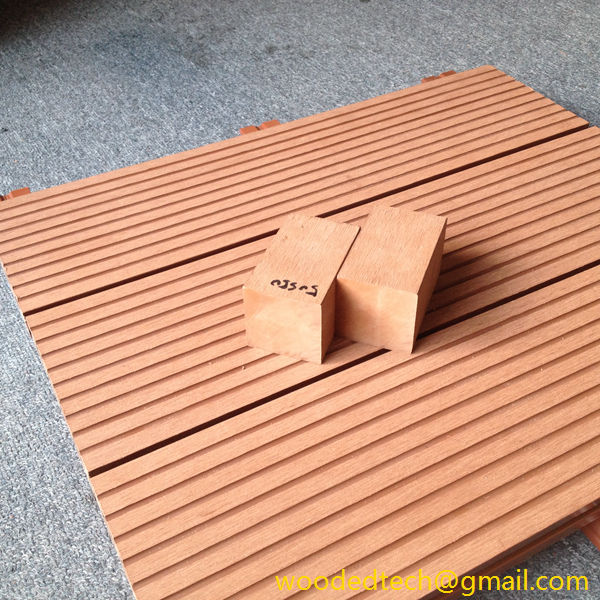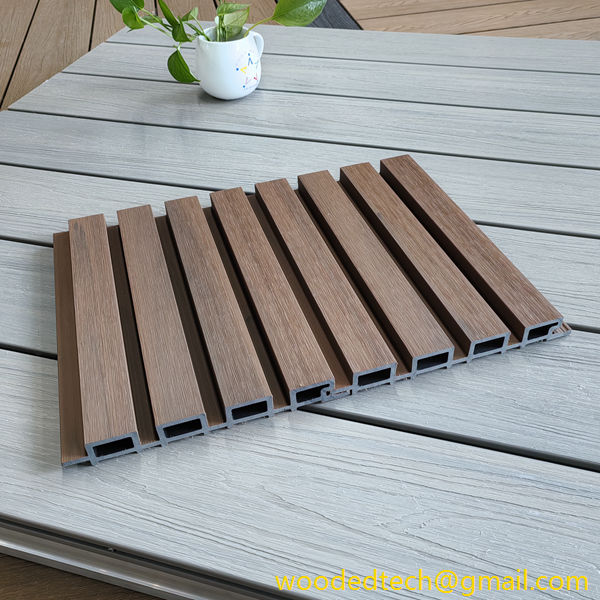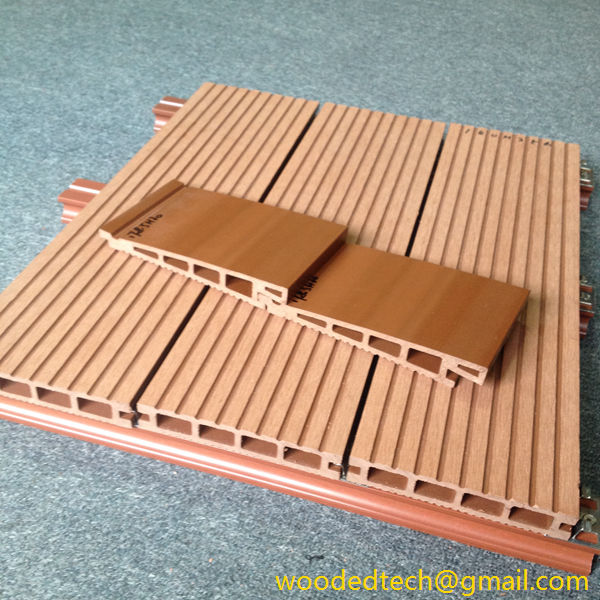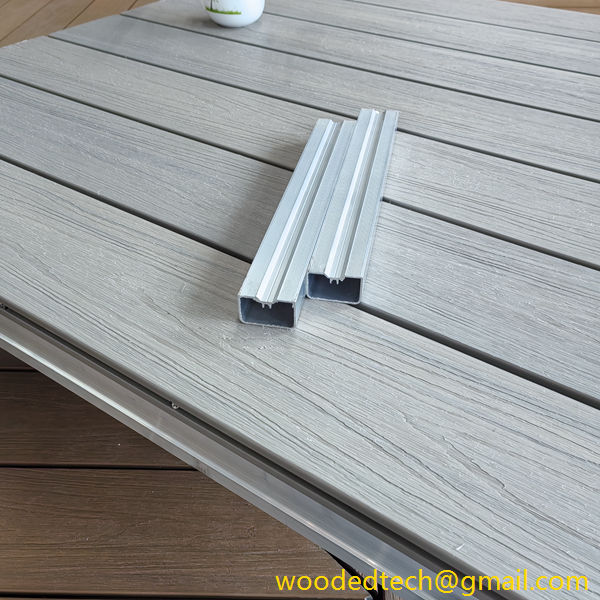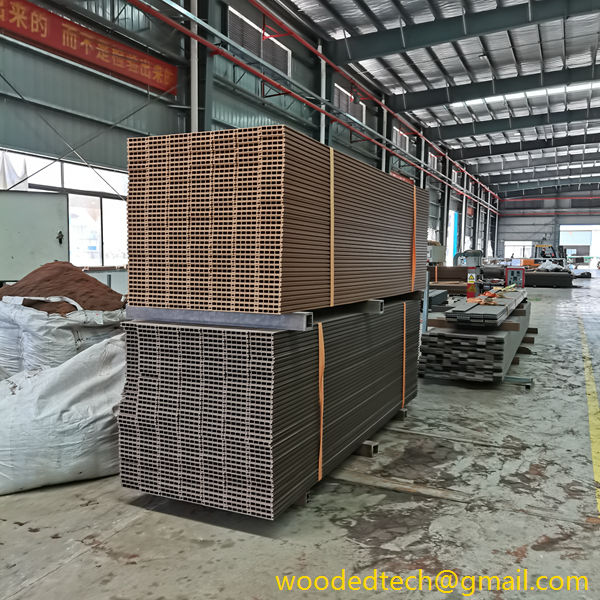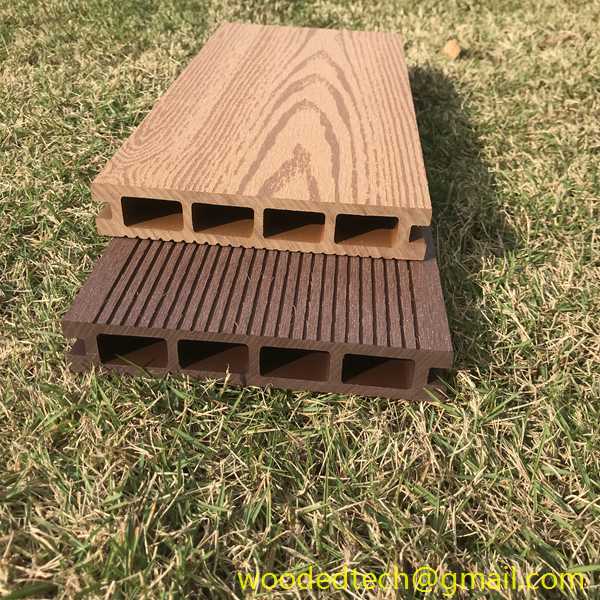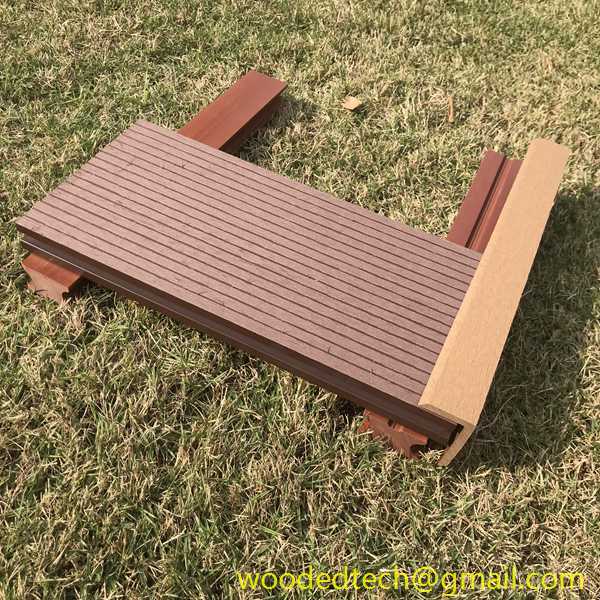WPC Panel Texture Variations for Unique Looks
Wood Plastic Composite (WPC) panels have gained significant popularity in recent years due to their versatility and durability. One of the most appealing aspects of WPC panels is the wide range of texture variations available, which allow for unique aesthetic applications in various market segments. The ability to customize the appearance of WPC panels opens up numerous opportunities for architects, interior designers, and homeowners alike, making them an ideal choice for both residential and commercial projects.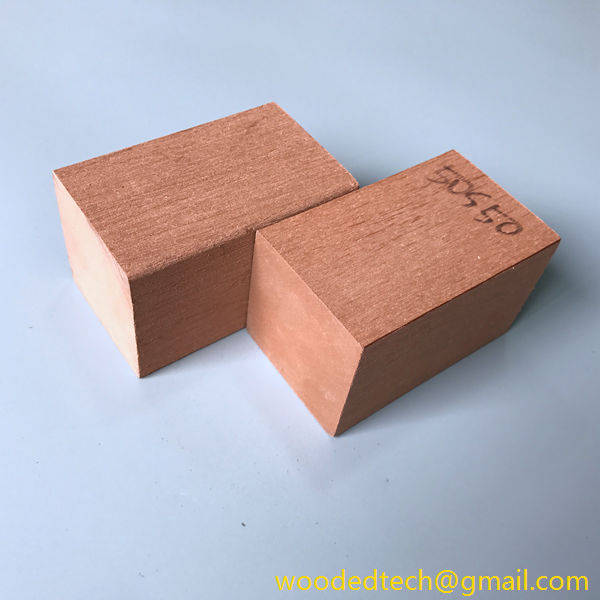
Texture variations in WPC panels are not just about aesthetics; they also serve functional purposes. Different textures can enhance the performance of the panels, providing better grip, reducing slip hazards, and improving overall usability in specific applications. For instance, a textured surface can be particularly beneficial in outdoor settings, such as decks and patios, where moisture can make surfaces slippery. By incorporating texture variations, manufacturers can offer products that are both visually appealing and practical for everyday use.
One of the most notable trends in WPC panel textures is the imitation of natural wood grain. Many consumers desire the look of traditional wood but are hesitant to commit to the maintenance and durability issues associated with natural materials. WPC panels can replicate the intricate patterns and variations found in real wood while providing superior resistance to moisture, insects, and decay. This aspect makes WPC panels particularly attractive for those seeking a natural aesthetic without the associated drawbacks of wood.
In addition to wood grain, WPC panels are available in a variety of other textures, including smooth finishes, embossed surfaces, and even patterned designs. Smooth finishes offer a modern and sleek appearance that appeals to minimalist design preferences. These panels are often used in contemporary interiors or commercial spaces where a clean and polished look is desired. On the other hand, embossed surfaces can add depth and dimension to a project, creating visual interest and enhancing the tactile experience. These textures can mimic the appearance of stone, brick, or other materials, providing designers with a broader palette to work from.
The versatility of WPC panel textures allows for endless creative possibilities. For example, in commercial applications, textured WPC panels can be utilized in wall cladding, signage, and even furniture design. The ability to customize the texture can help businesses create a distinctive brand identity that resonates with their target audience. In retail environments, textured panels can enhance the shopping experience by creating inviting and engaging spaces that encourage customers to explore.
In residential settings, WPC panels are commonly used in exterior applications such as siding, fencing, and decking. Homeowners are increasingly drawn to textured WPC panels for their ability to enhance curb appeal while offering long-lasting performance. Textured siding options can elevate the overall look of a home, providing visual character and charm. Additionally, textured decks can create an inviting outdoor space for entertaining and relaxation, allowing homeowners to maximize their enjoyment of their property.
Another important consideration in the market application of WPC panels is sustainability. Many manufacturers are now producing WPC panels using recycled materials, making them an environmentally friendly choice for consumers. The ability to offer products that not only look good but also contribute to sustainability efforts is becoming increasingly important in today’s market. Textured WPC panels that are made from recycled content can attract environmentally conscious consumers who are seeking to reduce their ecological footprint while still achieving desirable design outcomes.
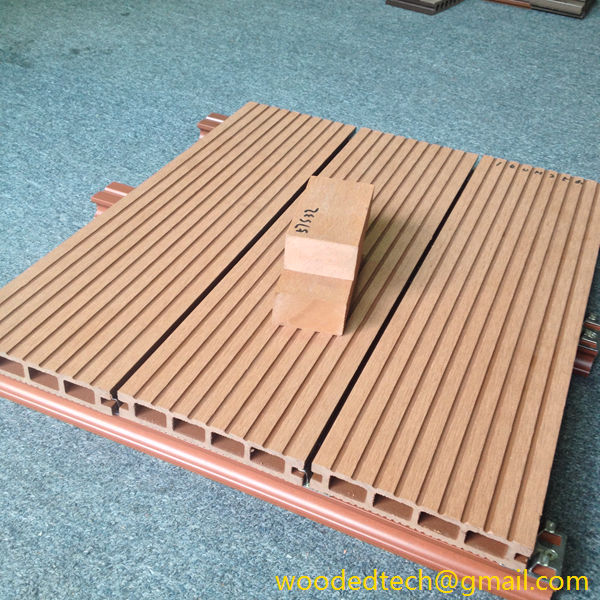
The customization options available with WPC panel textures also extend to colors and finishes. Manufacturers are now offering a wide spectrum of colors that can complement various design palettes. From natural earth tones to bold, vibrant hues, the color options available can enhance the overall aesthetic of any project. Additionally, finishes such as matte, gloss, or satin can further influence the visual appeal of the panels, making them suitable for an array of design styles.
To enhance the market application of WPC panels, manufacturers are investing in advanced technology that allows for more intricate texture designs. Innovations in production techniques have made it possible to create highly detailed textures that closely resemble natural materials. This not only improves the visual appeal of the panels but also expands the possibilities for creative design applications. As technology continues to advance, we can expect to see even more unique texture variations that push the boundaries of traditional design.
In conclusion, the variety of texture options available in WPC panels presents a wealth of opportunities for market applications. From residential to commercial projects, textured WPC panels can enhance aesthetics, improve functionality, and contribute to sustainability efforts. Their ability to mimic natural materials while providing superior durability makes them an attractive choice for designers and consumers alike. As the market continues to evolve, the demand for unique looks and customizable textures will likely drive further innovation in WPC panel design, offering even more choices for those seeking to create distinctive environments.

